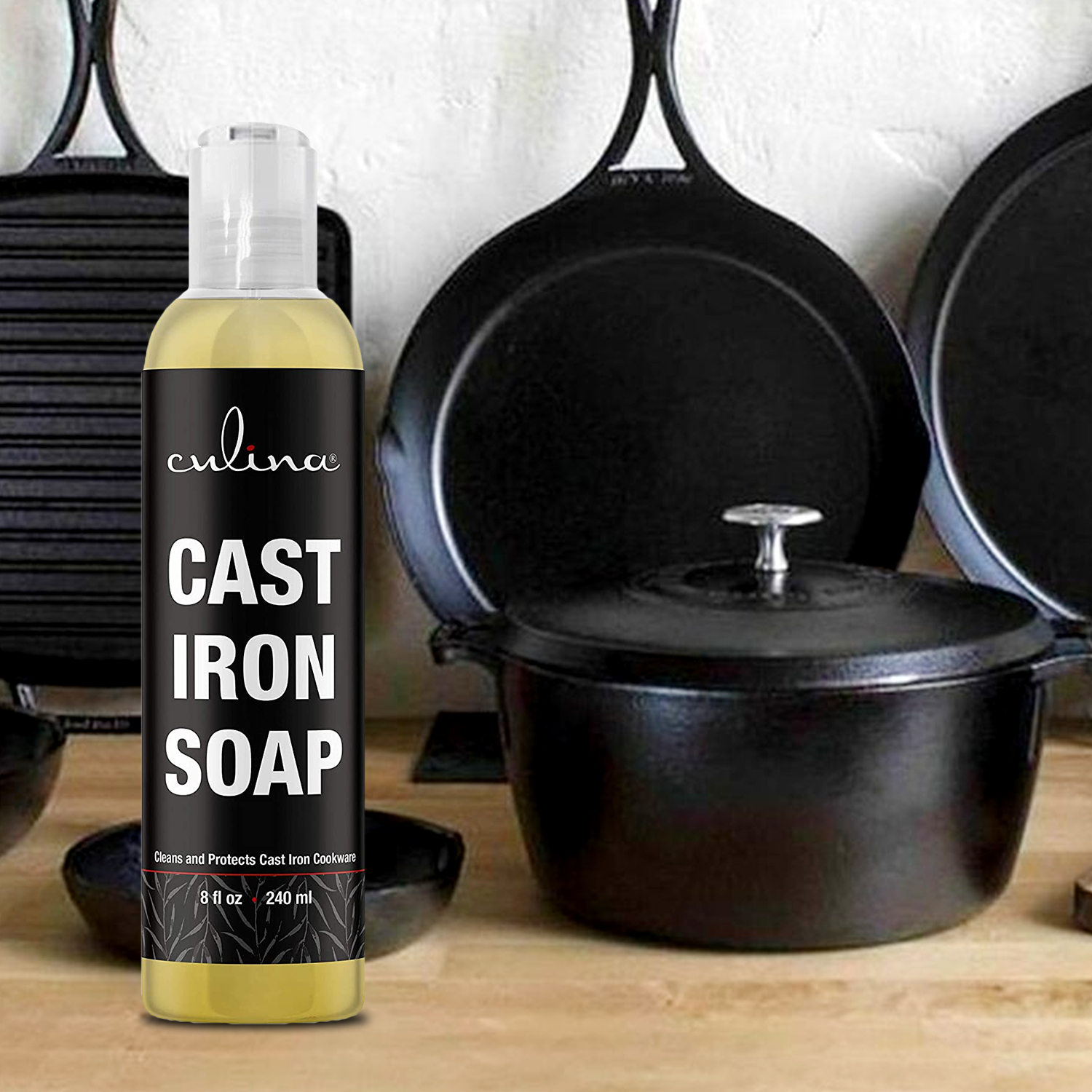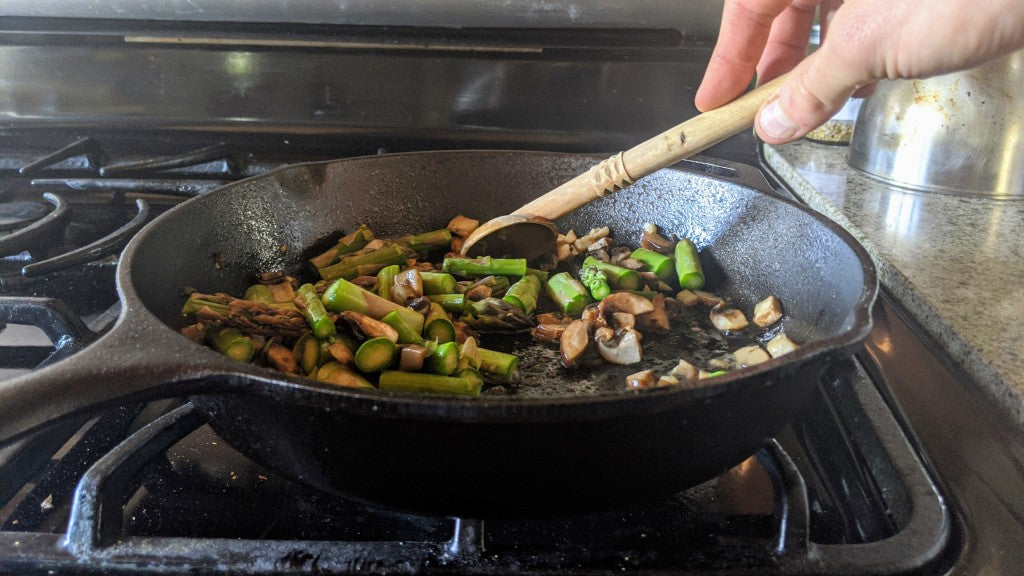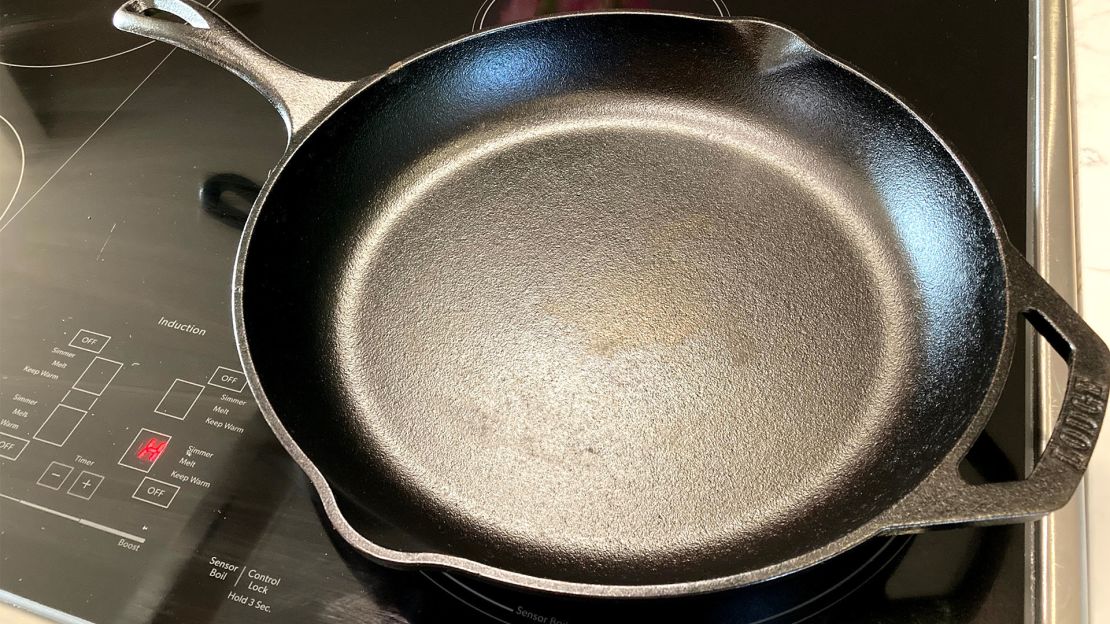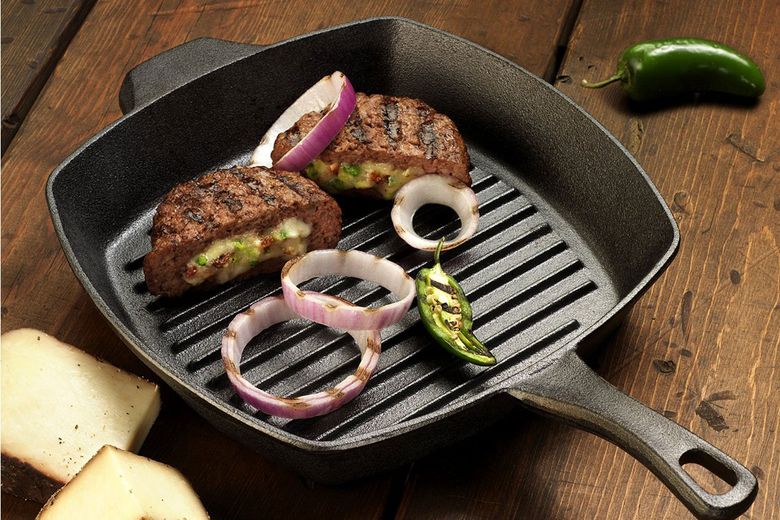If theres one culinary skill every home chef should have up their sleeve, its cooking chicken in a cast iron skillet. This technique is all about the chicken, the method you choose, and that beautifully seasoned skillet you'll rely on. In this article, we will explore the fine details of how to cook chicken in a cast iron skillet, guaranteeing delightful results every single time.
A cast iron skillet is like your best ally in the kitchen when it comes to cooking chicken. Thanks to its even heat distribution and wonderful heat retention, this piece of cookware is indispensable when it comes to searing and achieving that perfectly crispy skin we all crave. Whether you're whipping up a casual family dinner or trying to impress guests, perfecting this cooking method will undeniably elevate your culinary skills.

Why Cook Chicken in a Cast Iron Skillet?
Before we jump into the how-to, let's take a moment to discuss the numerous advantages that come with cooking chicken in a cast iron skillet.
- Even Heat Distribution: With their ability to heat evenly and maintain that heat, cast iron skillets are perfect for quickly searing chicken to perfection.
- Versatility: Compatible with both stovetop and oven, they offer various cooking methods for your chicken dishes.
- Adds Flavor: A well-seasoned skillet enriches the flavors of your chicken, making every bite unforgettable.
- Durability: A cast iron skillet can last a lifetime when cared for properly; in fact, it often improves with age.
:max_bytes(150000):strip_icc()/How-to-Season-Cast-Iron-Skillet-3x2-1-bcd280f1703e47e0a59bb62e86a0d53a.png)
Essential Tools and Ingredients
Necessary Tools
- Cast Iron Skillet
- Spatula or Tongs
- Meat Thermometer
- Knife
- Cutting Board
Ingredients You'll Need
- Chicken (your choice of breasts, thighs, or a whole bird)
- Salt and pepper
- Herbs and spices (e.g., thyme, rosemary, garlic)
- Oil (vegetable, canola, or olive oil)
- Butter (optional, for a richer flavor)
:max_bytes(150000):strip_icc()/GettyImages-162586206-2000-4fdf5409479b460b9903ac7e97af5f18.jpg)
Step-by-Step Guide to Cooking Chicken in a Cast Iron Skillet
1. Preheating the Skillet
Start by preheating your cast iron skillet over medium-high heat. This step is crucial for ensuring the chicken sears correctly and forms a delicious crust.
2. Season the Chicken
Generously sprinkle your chicken with salt and pepper. If you're ready to experiment, feel free to add any herbs and spices that excite your palate. The right seasoning will really enhance the chickens natural flavors.
3. Add Oil to the Skillet
Once the skillet reaches the desired temperature, pour in a tablespoon of oil. Swirl it around to coat the bottom evenly. You'll know it's ready for cooking when the oil shimmers.
4. Sear the Chicken
Gently place the chicken in the skillet. Avoid overcrowding; giving each piece room is key to achieving a perfect sear. Let the chicken cook undisturbed for several minutes until a golden-brown crust forms.
5. Flip and Complete Cooking
Using tongs or a spatula, carefully flip the chicken over. Allow it to cook on the other side until it reaches your desired doneness. For chicken breasts, an internal temperature of 165F is ideal. For added flavor, you might also consider throwing in a pat of butter during the last few minutes.
6. Rest the Chicken
After cooking, transfer the chicken to a plate and let it rest for a few minutes. This rest period is essential as it allows the juices to redistribute, resulting in juicy and tender chicken.

Avoiding Common Mistakes
- Not Preheating: Skipping this step can result in sticking and uneven cooking.
- Overcrowding the Skillet: Overloading the pan will cause the chicken to steam rather than sear appropriately.
- Neglecting Seasoning: Dont underestimate the importance of seasoning in enhancing flavor!
Tips to Care for Your Cast Iron Skillet
A little maintenance goes a long way in keeping your cast iron skillet performing at its best. Here are some tips:
- Regularly Season: Maintain the skillet's seasoning with a light coat of oil after every use.
- Avoid Soap: Wash your skillet with hot water and a stiff brush rather than soap, which can strip away seasoning.
- Dry Immediately: Make sure to dry your skillet thoroughly right after cleaning to prevent rust.
Frequently Asked Questions
1. Can I cook chicken in a cast iron skillet without oil?
It's not advisable, as oil creates a barrier between the chicken and the pan, which helps prevent sticking and enhances flavor.
2. How can I tell when the chicken is properly cooked?
The internal temperature should reach 165F, and the juices should run clear.
3. Is it okay to use frozen chicken in a cast iron skillet?
It's best to thaw chicken beforehand for even cooking. Cooking frozen chicken may lead to uneven doneness.
For further reading and resources, check out this skillet steak recipe. Also, explore these helpful links for more insights: Food Sticking, Stir Fry Tips, Cook Flank Steak, Grill Pan Use, and Grill Filet Mignon.
As an Amazon Associate, I earn from qualifying purchases.






Leave a comment
This site is protected by hCaptcha and the hCaptcha Privacy Policy and Terms of Service apply.